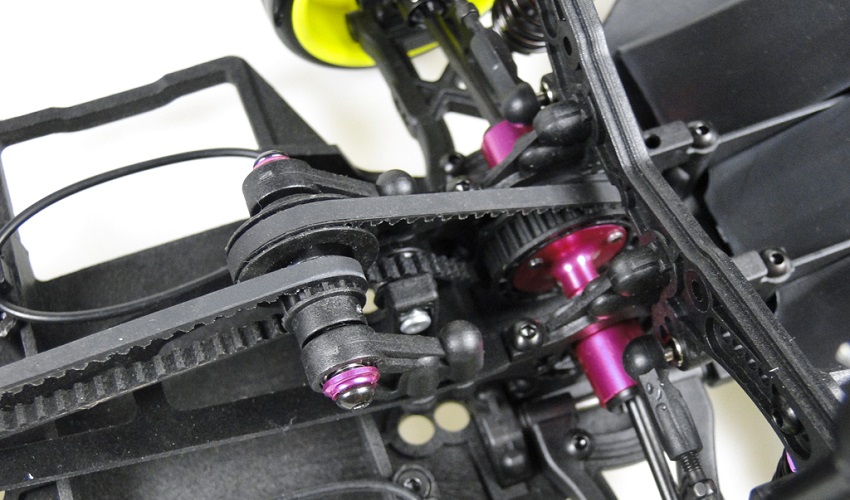Building your own RC vehicle, whether a plane, car, truck or boat can be extremely fun – unless you’re new to the hobby and need to figure out where to start. Getting started and successfully putting together an RC model can have a huge impact on how much you enjoy the product of your labour. That being said, you need to know the ins and outs of the basic 4 parts and what to look for when shopping for them online or in a retail store.

Picking a Brushless Motor
Your RC vehicle is made around your motor, so that’s what you need to pick first. When considering brushless motors, there are a few things to keep in mind. The first thing is the motor’s kV, which represents the number of revolutions it will spin per minute, per volt. The lower the kV, the stronger the motor. The second factor to consider is the motor’s size. Some people overpower their RC vehicles, which can only add momentum when the RC vehicle crashes, and believe me, it will crash. Slower, lighter RC vehicles don’t break as often as fast and heavy RC vehicles.
Picking a Servo Motor
In order to control the rudder, elevator, and ailerons you’ll need servo motors. The servo motor RC vehicles use can be variable movement and precision control. You need one for each control surface. The servo motor RC vehicles use move the control rods that are connected to the control horns on the control surfaces. You generally want to purchase a few servo motors to have some spares in an event of a crash.
Picking an ESC
After selecting the motors, the next step is to pick an ESC (electronic speed controller) that matches them. Every motor has an amperage rating, and in order to “match”, the ESC you pick should be rated for 30% more or 10 amps more than the max current draw of the motor.
Picking Batteries and Chargers
Most RC vehicles use LiPo batteries, which boast a great power to weight ratio and are capable of discharging a lot of current quickly. Larger batteries, while more powerful, weight more and can decrease your thrust to weight ratio. However, larger batteries will also last longer before needing to be recharged. Also, you need to consider the number of cells the battery you want has. LiPo batteries feature cells with around 3.7 volts, and in the paragraph about picking a motor, I talked about the importance of rotations per volt, meaning that the more cells a battery has, the faster the motor will rotate.
Lastly, when picking a battery, you need to also consider a charger. When buying a charger, you’ll come across some models with faster charging times than others. However, worth noting is that you don’t want a charger that’s too powerful, as it can reduce the battery’s longevity. On the flip side, you don’t want a charger that’s not powerful enough, otherwise, you’d have to wait for a long time for your batteries to recharge.











